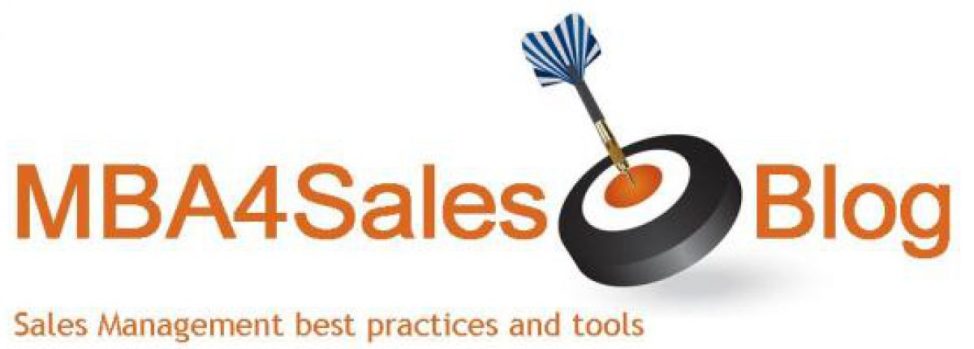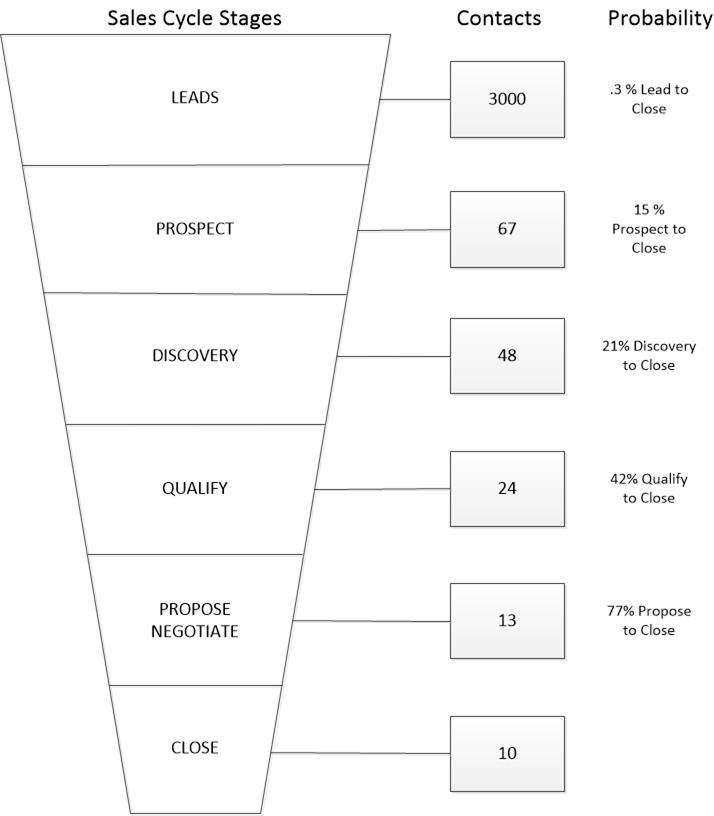If you follow the media coverage these days, you would think that everyone in business is learning how to speak a foreign language. It seems there’s a widespread perception that speaking a second language is a real asset: Rosetta Stone, the popular language training software firm, continues to report double digit customer growth. Here in Chicago, Language Stars (the firm that specializes in teaching kids foreign languages) caters to increasing parental interest by jump-starting kids’ second language skills. Is there anyone who doesn’t believe learning a second language wouldn’t be valuable in a future career?
I make this observation, because when it comes to sales effectiveness, I find that many senior executives haven’t learned “Sales as a second language”.
My colleague Spencer Maus recently pointed this out in a discussion about how business leaders decide they need help with their Sales team. He asked, why do executives decide that they need your sales effectiveness services? We reviewed this question in depth, and I want to share the valuable insights I gained from Spencer.
As a business executive, your career trajectory may or may not have included participation in Sales. No doubt, many smaller business founders/owners personally captured their firm’s original customers, or perhaps, someone with sales background was brought in to help the founders with Sales. My personal experience in larger firms is the majority of executive leaders didn’t advance through the Sales ranks.
Whether we started in Sales or elsewhere, our life experiences and business activities always expose us to sales situations. We accumulate personal and business experiences either as a potential buyer or in selling products or services to prospect and customers. Executives often participate in customer relationship development and key sales decisions.
Regardless, it doesn’t mean that person running the business has professional sales experience. For example, young attorneys may witness relationship development and selling by more senior partners and associates, but that doesn’t translate into real sales training, networking skills development, or how to find new clients in the context of a legal practice. More senior colleagues may have relied on personal friends or sales naturally evolved out of existing client relationships – not exactly what I would describe as professional selling.
While there’s nothing wrong with cultivating a personal network or getting additional business from an existing customer (especially true within Professional Services), that’s probably not enough to sustain a growing business in any industry. In my view, there are three important prerequisite elements that define an organization’s ability to professionally perform business development:
Intentional Sales Process
A defined, intentional sales process is the first prerequisite element. Defined, in that someone actually sat down and assessed how business development is done, what tasks are completed, the sales content (deliverables) produced, and how long it takes to perform each sales task. Call this “business process analysis” or whatever technical term makes sense, but as the cliché goes, if you don’t know where you are going, any road will take you there.
Intentional, because everyone has a de facto sales process – it may be an ill-defined process that doesn’t produce intended results, but you still have a process. Management should put pre-meditated thought and effort into creating and managing a process that really works.
Sales (versus Marketing) Messaging
Intuitively, there should be a firm-wide consensus about what customer-facing employees say to prospects and customers, versus what is documented on your website, written in proposals, or presented in marketing collateral. Despite the critical importance of sales conversations, many firms fail to examine whether they have the right sales conversation with prospective customers.
While judging conversation quality can be subjective, there’s no reason why there can’t be internal consensus about what works or doesn’t work in a sales conversation. (I’ve documented in a previous post a detailed process to successfully assess sales conversations and messaging quality using the 99 Questions Methodology.)
Some business leaders believe it’s enough just to have good personal conversations and develop relationships. Here’s a brief story that illustrates why this approach has a limited probability of producing short-term results: one of my clients’ sales people regularly took prospective clients to lunch and they developed great personal relationships. After months of lunches, you would think that all the personal attention would have produced significant business, but these sales people never so much as asked the prospect if they could sell them something! Needless to say, these sales people had great customer “friends,” but no pipeline! They also didn’t have jobs once Management figured out what happened!
Create a System
Another famous cliché I have experienced is that you can’t manage what you can’t measure. If you have a reasonable volume of business development, there has to be some way of tracking the process, monitoring employees’ communications, and evaluating whether their sales efforts are successful. For example, hiring more people because there is more work may not indicate real success. In fact, it may demonstrate how inefficiently you deliver products and services, versus generating more revenue and profit. Tangible methods of evaluating sales activities help to determine if the Sales people are producing expected results.
However, tracking the process doesn’t mean simply buying and installing a CRM system to record “sales” activities. There should be intense introspection to identify your target customers, how you connect with them, the steps that go into relationship building, how you know a sales cycle is making progress, how you evaluate each customer-facing person to determine if they are meeting relationship and revenue goals. Many firms acquire sales technology products based on the mistaken belief that a technology solution addresses these questions. By example, inputting data into an opportunity screen of a CRM tool doesn’t translate into effectively managing a client relationship.
Would You Learn a 2nd Language this Way?
To revisit the 2nd language analogy, there is no guarantee that you’ll easily adopt another language just because you are competent in speaking English. It takes training and practice, along with insights about why you need a second language, how you will use your second language, setting goals to become proficient in speaking the language, and making an intentional effort to continually improve. Systems like Rosetta Stone help to accomplish those goals by managing the learning process, and tracking results.
Why would you do differently when it comes to developing new business? Assuming you understand an entire body of business practices around creating, building, and managing a Sales organization is like deciding you can learn French just by reading movie subtitles. The recognition of Sales as a second language should be the realization you have the opportunity to help your business become more successful by learning and adopting best practices.
Bonne Chance!
If you are interested in discussing how to implement “Sales as a second language” or if you want to evaluate your selling process, sales messaging and/or sales systems, please contact me. You can find my colleague Spencer Maus at his website on marketing and public relations best practices, Spencerconnect.


